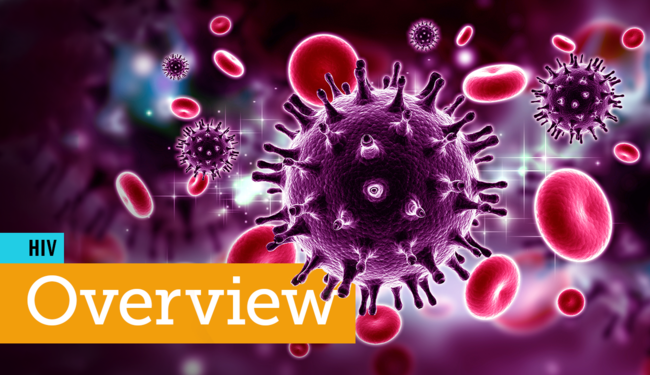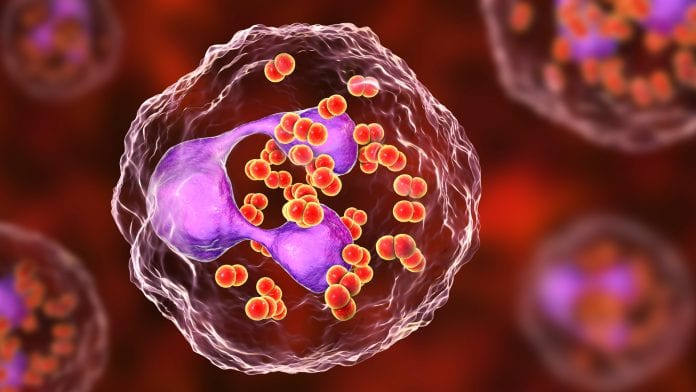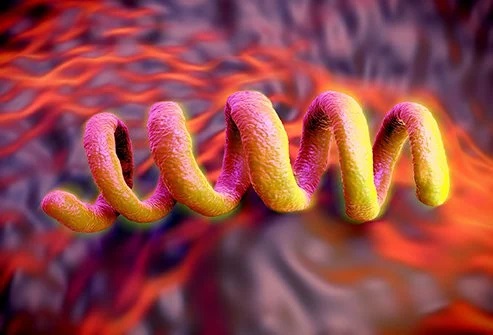What are Sexually Transmitted Infections?
Sexually Transmitted Infections just as the implies describes a collection of infections that are majorly transmitted through unprotected sexual contact either through the anus, vagina or oral sex, with an infected person. These infections can also be transmitted from a mother to her child during labour or pregnancy, bodily fluid contact with an infected person.
One thing to keep in mind when you think about sexually transmitted infections is there is a high chance of someone else or a partner being affected when one person presents with its symptoms. They are also caused by a wide range of organisms which could be bacteria, parasites or even a virus.
Sexually Transmitted Infections are also commonly referred to as STIs, and we must pay attention and create awareness and seek medical care and attention when there is a suspected case of infection because they often have prolonged infectivity, sometimes do not present with a symptom, and have an increased risk of being re-infected and poses a great challenge in our society as they increase the rate of mortality and morbidity, especially in low and middle-income countries.
Risk factors for Sexually Transmitted Infections
Behavioural choices largely increase the chances of being infected with an STI these includes:
- Engaging in Unprotected Sexual Intercourse: Some STIs do not present with symptoms and there is a high chance of the other partner not knowing his/her partner could have been infected.
- Multiple Sexual partners: Having multiple sexual partners increases the chances of an infection, this is because multiple partners may like to have other multiple partners, which easily aids the chain of transmission.
- Age of Sexual debut
- Drug abuse: including injecting of drugs, use of sharp objects with a person living with HIV increases the chances of being infected
Other determinants of STIs include:
- Having a History of STI
- Discrimination
- Lower education status
- Poor access to Health Care
- Poverty and Income inequality
- Involvement in commercial sex work
Types of Sexually Transmitted Infections
There are several STIs commonly transmitting from one person to another, however, in this post, we will focus on the four listed below:
- Human Immunodeficiency Virus
- Gonorrhoea
- Syphilis
- Genital Herpes
Human Immunodeficiency Virus(HIV)
HIV is commonly spread through unprotected sexual intercourse with an infected person, can be transmitted via mother to child, or use of sharp objects with an infected person or the transfusion of unscreened blood from an infected person. This virus attacks the white blood cells in the body, weakens the immune system and makes the person prone to other types of infections, HIV can be diagnosed through a test in the health facility, and can be managed by adherence to antiretroviral treatment(ART).

An advanced stage of this infection is the Acquired Immunodeficiency Syndrome(Aids) in cases where viral suppression is not achieved by non-adherence to treatment.
Common symptoms of HIV include: Fever, Fatigue, Nausea, Vomiting, Other infections, Sore throat, Loss of appetite amongst others
Gonorrhoea
Gonorrhoea is caused by Neisseria gonorrhoea and mostly affects the urethra in men and uterine cervix and urethra in women, and there can be an occurrence of rectal infections. Sexual contact is a major means of transmission.

Infection with gonorrhoea increases the susceptibility rate to and the transmission of HIV infection, this is due to the increased rate of HIV shedding in the semen of individuals with gonococcal infection. Common symptoms include discharge from the penis or vagina, pain during urination, sore throat and swelling of lymph nodes. Gonorrhoea can be managed with antibiotics however, it is recommended to visit your doctor in case of an infection.
Syphilis
Syphilis is caused by Treponema Pallidum and is also transmitted through sexual activities, it is often not easily detected and can be present in the body for a long time without the carrier’s knowledge.

Syphilis has 4 stages
- The primary stage where there is usually a small round sore on the infected part could be the vagina, penis or mouth, which might be painless
- Secondary stage: Here, other symptoms start to develop such as the skin rash, continuous sore throat, fever, headaches e.t.c due to the type of infections, it can easily be taken as another form of infection leading to late diagnosis and further advancement of the infection
- At the latent stage, the previous symptoms may no longer be present giving an illusion that the infection is no longer present, however, the bacteria persist in the body and continues damage, this stage can also be ongoing for a long period
- Tertiary Stage, the infection becomes life-threatening and can include memory loss, blindness, heart disease, brain damage, stroke.
Genital Herpes
This infection is caused by the herpes simplex virus 1 and 2 and this infection causes herpetic sores these are bumps filled with fluids that are quite painful. These viruses can enter through skin abrasions or mucous membranes, and they rapidly multiply themselves in the body making its management a bit difficult. Symptoms include blisters on the affected parts, itching can also occur, fever, headaches, Infection with infants during childbirth are likely to face complications.

Complications of Sexually transmitted infections
Sexually transmitted infections when left untreated poses a great challenge to the body and several associated long term complications includes:
- Gonorrhoea can lead to infertility, blindness when there is a neonatal function
- Pelvic Inflammatory diseases
- Pelvic pains
- Pregnancy complications
How can we prevent sexually transmitted infections
- The practise of safe sex, also includes you speaking to your partner, your friends and family on the use of condoms, as it’s a proven means in reducing the rate of transmission including HIV, reduction in the number of the sexual partner is also a key factor that should be considered.
- Seeking early diagnosis and treatment: there is often a stigma associated with STI which has reduced the health-seeking behaviour, but it is important to visit a health facility as soon as the symptoms appear for diagnosis, early diagnosis increases the chance of providing a solution.
- Encourage partner testing and notification: as you get tested, also encourage your partner to get tested alongside, to aid proper treatment and prevent re-infectionIn this post we have been able to talk about sexually transmitted infections and discussed four of the types, now that you are informed, actions you can take include a commitment to practice safe sex, encouraging others to do the same by sharing this information with them so they can also make informed health decisions and together we can achieve a healthy lifestyle and break the chain of transmission in our society and community.
